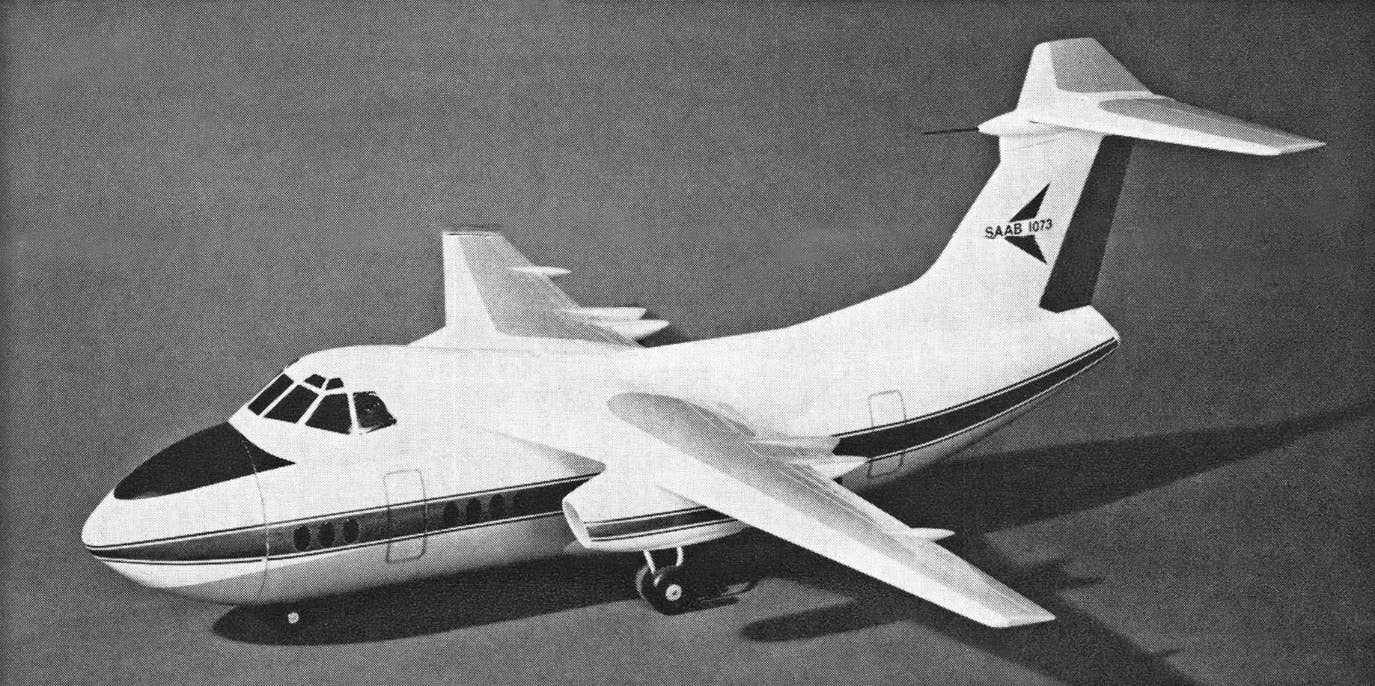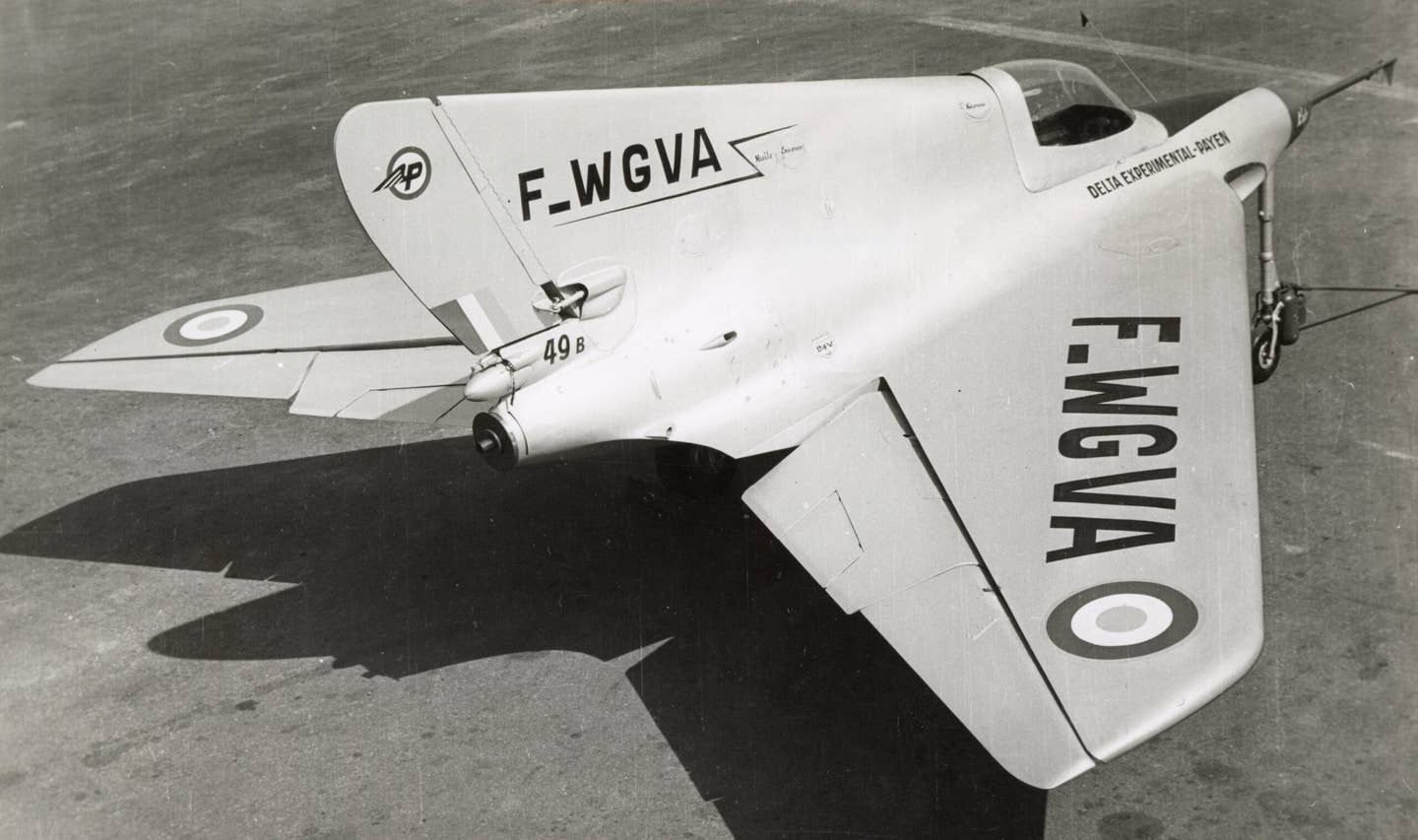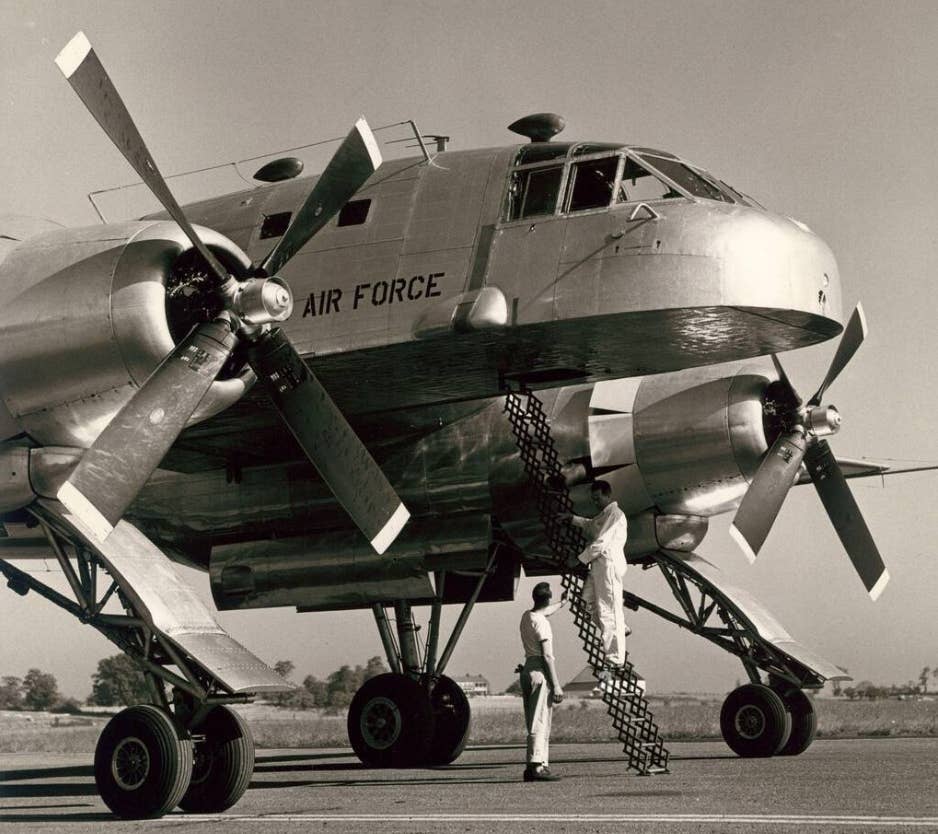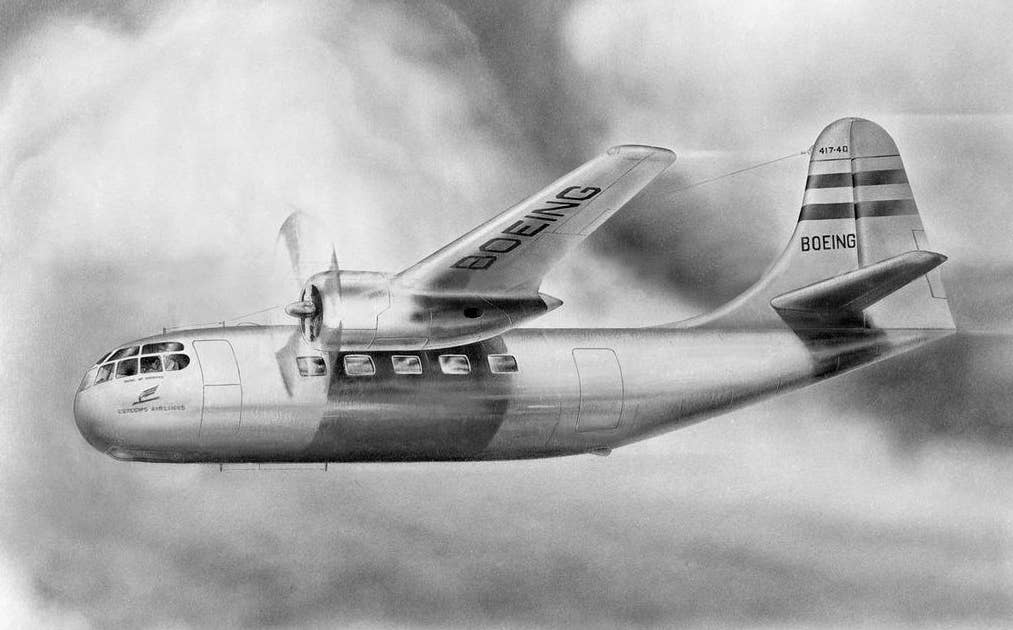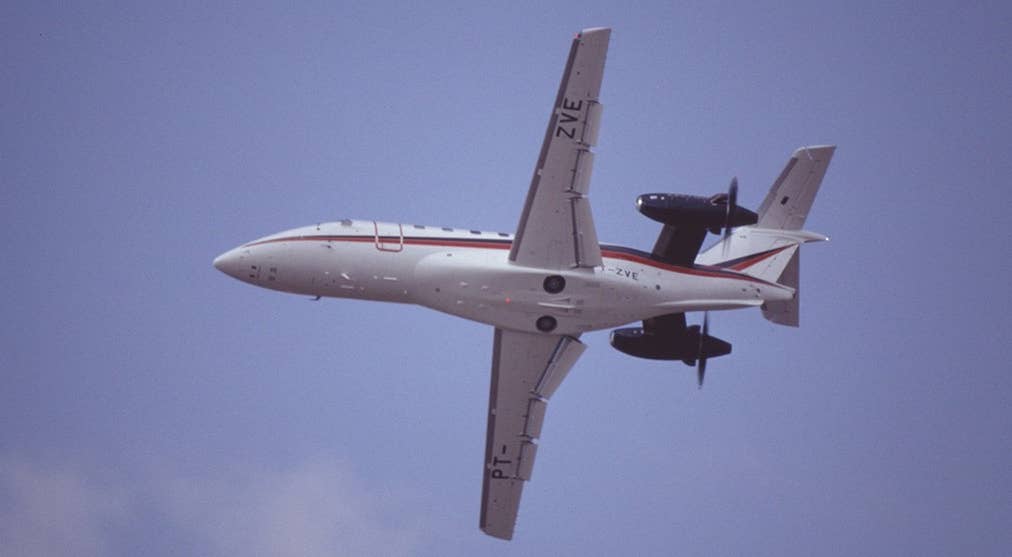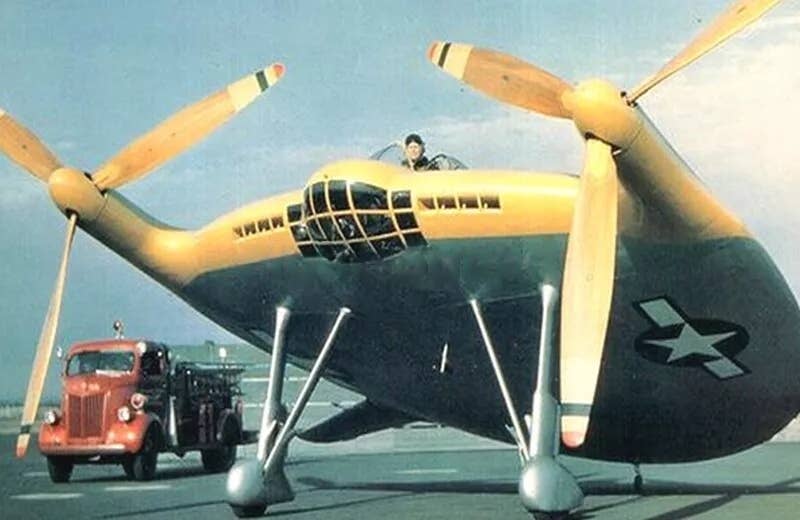The Short Run of the Burns BA-42
Despite an aerodynamic cleanliness of its airframe, the light piston twin suffered in a crowded market in the 1970s.
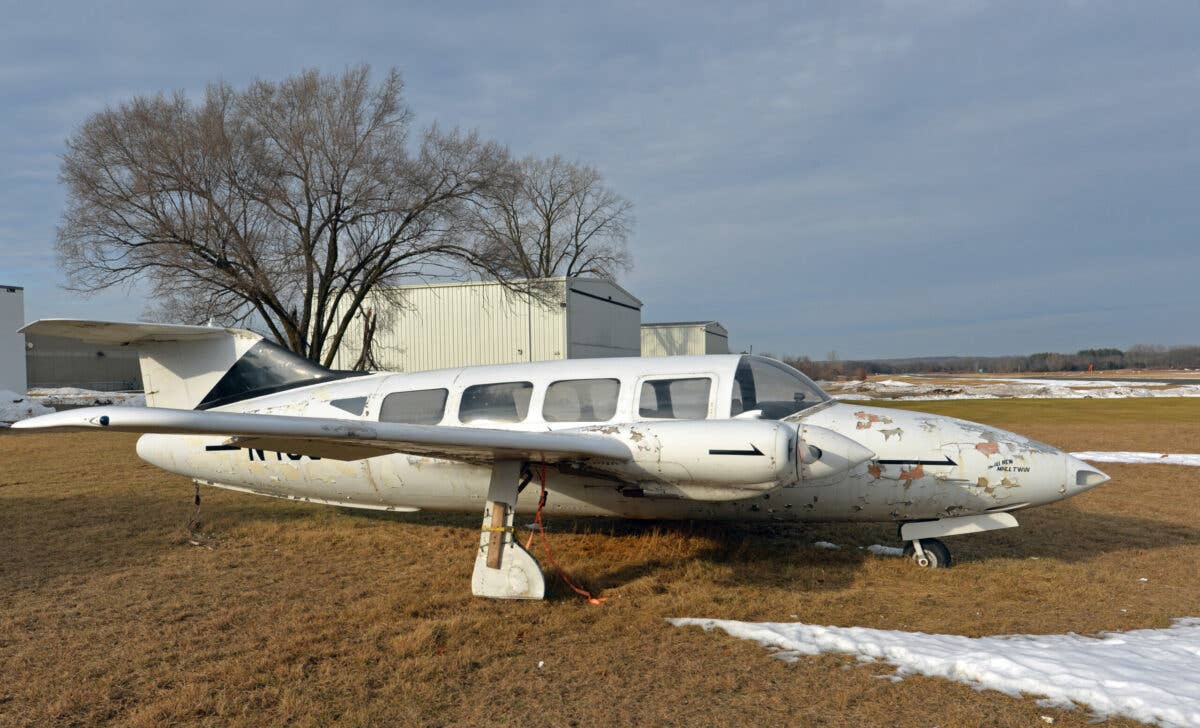
One of the two Burns BA-42s, stored in Portage, Wisconsin. The second example is kept preserved in a nearby hangar, ready for any future production efforts. [Courtesy: Jason McDowell]
Postwar aircraft development, particularly throughout the 1960s and 1970s, was an interesting chapter in general aviation. Light singles saw a wide variety of new and creative designs launched and tested, ranging from small experimental aircraft like the Rutan Quickie to larger-sized design studies like the Cessna XMC. Some of these more unique types like the pressurized Mooney M22 Mustang even reached limited production.
Light piston twins saw considerably less variety and experimentation than singles. While a few less-conventional examples like the Piper Aerostar and Angel 44 made their marks, the scene was dominated by relatively conservative designs like the Piper Seneca, the Beechcraft Baron, and Cessna’s 300 and 400-series cabin-class twins.
Among the more obscure and unique specimens was the Burns BA-42. Launched by businessman Sam Burns in 1963, the program was a product of a collaborative design effort from a group of engineers and students at the Mississippi State University’s Department of Aerodynamics. One member of the group was none other than Al Mooney, and as one might expect from Al, much effort was focused on the aerodynamic cleanliness of the airframe.
The BA-42 is a compact aircraft, with an understated presence that would be overshadowed by even a Beechcraft Duchess. The mid wing provides for a low-slung appearance, and the relatively long fuselage enables the use of a compact vertical stabilizer. Looking at it from across a ramp, one might not guess that it is a 4,300 pound, six-place airplane.
Examine the BA-42 up close, and additional details shed light on the goals of the design team. Flush riveting indicates strong concern for drag reduction, as is the lack of any major flat surfaces on the airframe. Such design elements place emphasis on performance rather than cost-effective manufacturing.
One of the most striking aspects of the airframe is the positioning of the 210 hp Continental IO-360-D engines. In an attempt to minimize Vmc (the speed below which aircraft control cannot be maintained if the critical engine fails), the engines are placed as close to the aircraft’s centerline as possible. Only two fingers can be placed between the prop tips and the fuselage, and one wonders just how loud the cabin would be at high power settings.
The effectiveness of this engine placement is unclear. Early press about the BA-42 touts Vmc being below stall speed, but a look at the airspeed indicator in the aircraft itself suggests otherwise. If the white arc on the airspeed indicator is to be believed, the stall speed is 76 mph. Additionally, the FAA type certificate data sheet (TCDS) and the red line on the airspeed indicator both define the BA-42’s Vmc as 95 mph.
The BA-42 first flew in 1967, four years after initial design work commenced. Very little information is available regarding the airplane’s performance, but one early review mentioned a 218 mph cruise speed at 75 percent power. If accurate, this would have been impressive, besting comparable Cessna and Beechcraft models with 50 fewer horsepower per engine. The company claimed that the BA-42 has less frontal area than a Cessna 182. If this is indeed the case, such a cruise speed might be plausible.
Burns had high expectations and equally high optimism for the airplane. The circular fuselage cross section was chosen in part for the ability to more easily adapt pressurization in future derivations. More powerful engines were anticipated, as well, including turboprops that would greatly increase cruise speed and service ceiling.
As is all too common among new aircraft manufacturers, however, the project died in 1973. The market for light twins was relatively crowded at that time, and although the BA-42 was granted FAA type certification, weight and balance issues emerged. Specifically, the type certification was predicated upon a limitation to only four seats as opposed to six as originally planned.
Two BA-42s were ultimately built. After the initial corporation ended the program, it was later purchased in whole by the Mael Aircraft Corporation in Portage, Wisconsin. A family-owned company, Mael put further effort into completing certification for the six-place design and has reportedly entertained multiple proposals over the years to put the airplane into full-scale production. To date, however, none have come to fruition.
Presently, both BA-42s are being kept in Portage, Wisconsin. The example being kept outside shows considerable wear from the elements, but a representative from Mael reports that the second aircraft has been preserved indoors and could be returned to an airworthy state with relatively little effort.
With any luck, this little-known Al Mooney design will one day take to the skies again.

Sign-up for newsletters & special offers!
Get the latest FLYING stories & special offers delivered directly to your inbox

